
The eye-catching character of a coffered ceiling can really set your room design apart. This guide breaks down coffered ceiling costs to help you budget.
Along with a major mess, plaster dust can come with health hazards
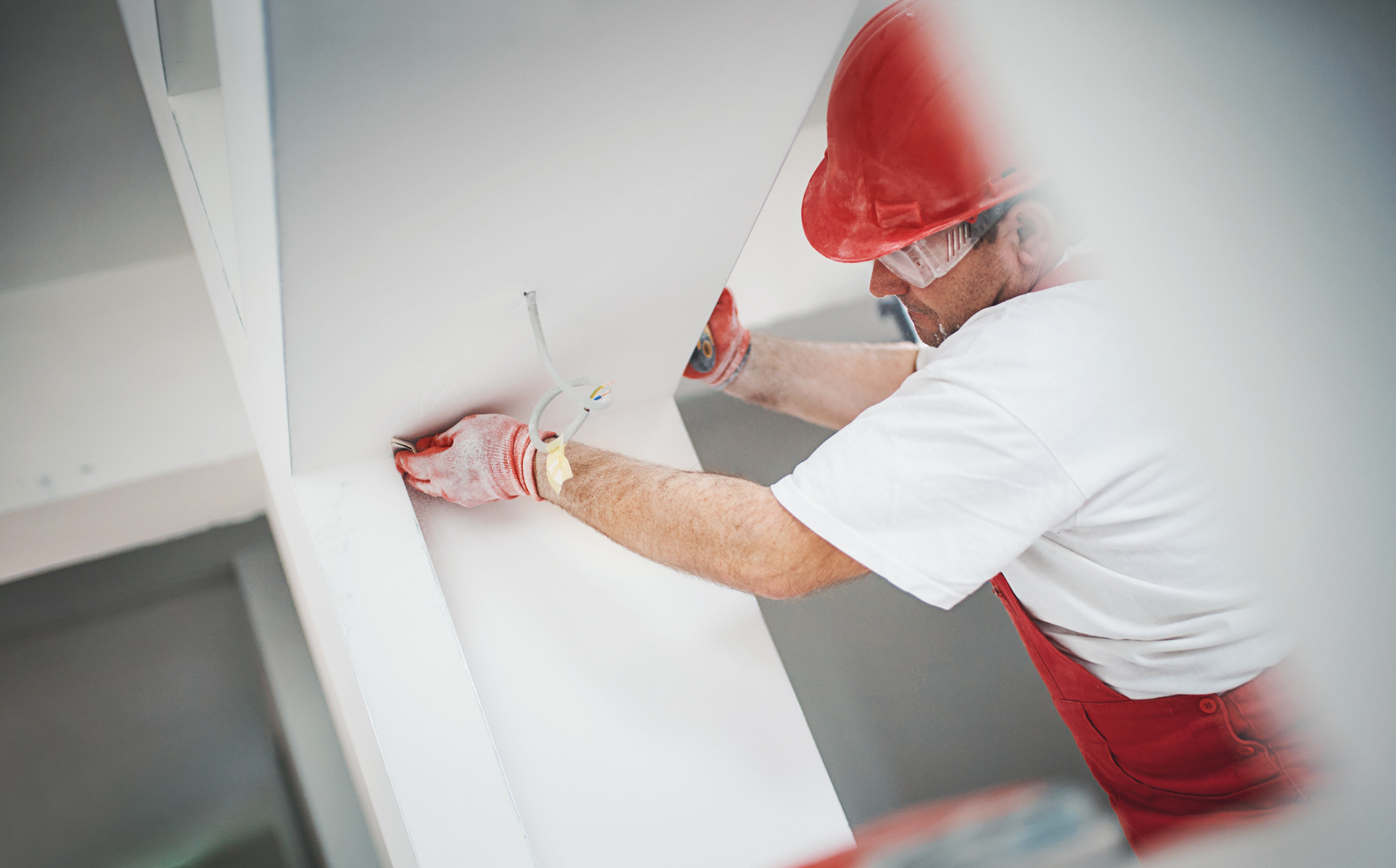

Plaster can be sanded, but the project can be messy, tricky, and even hazardous.
Plaster that’s more than a couple of decades old can have asbestos.
Even asbestos-free plaster makes a mess when sanded, and it can be hard to get right.
However, sanding is critical if you’re hoping to apply paint or wallpaper.
Whether you’re hoping to apply a fresh coat of paint or getting ready to gussy up a room with some wallpaper, sometimes, a plaster wall is just begging to be sanded. But DIYing the project can be a total pain in the neck. While it’s possible to sand plaster, doing so is a work-intensive task that can also come with health hazards. Here’s what you need to know.
If you’re planning on painting, sanding the plaster is critical for ensuring the paint will properly adhere. Plaster walls often have glossy finishes that can cause paint to slide right off. You might also want to sand your plaster walls in order to line them with wallpaper, which, like paint, can fail to adhere to a glossy plaster finish. Additionally, older plaster walls can have visible imperfections such as unevenness.
In short, there are a variety of reasons you might want to sand plaster—or at least have your plaster walls sanded. Whether or not you want to do it yourself, however, is a different question.
Although sanding plaster yourself is possible, it can be a major mess. Plaster is essentially lime and gypsum dust. That means that during the process, fine plaster dust is likely to coat everything in the room. Plus, if the plaster is a few decades old, there’s a not-insignificant chance that the plaster dust might contain asbestos.
You can easily inhale asbestos fibers during a plaster sanding project if you don’t have proper protective equipment. This can lead to asbestosis, which is a chronic lung disease that scars lung tissue and can cause shortness of breath, according to the U.S. Environmental Protection Agency.
This is why it’s a safer and better choice to hire a plaster repair pro near you rather than DIYing it. They know how to mitigate the risks that come with sanding plaster, and they can ensure a perfect work surface for your paint or wallpaper project.
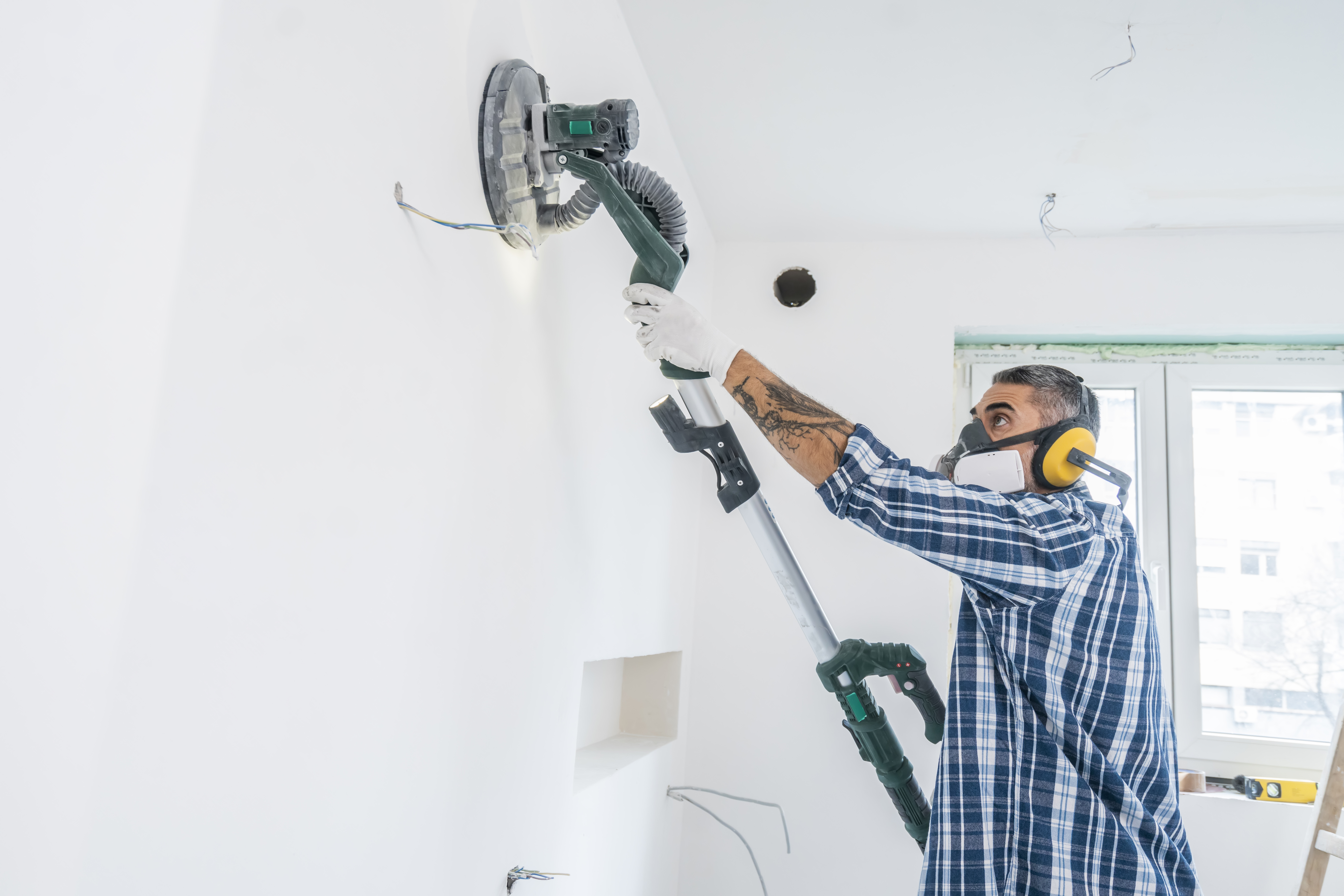
If you’re absolutely certain you want to sand your own plaster wall, you’ll want to prepare for the inevitable mess by lining your room with plastic and wearing a respirator mask that can filter fine particles from the air. (Even if it doesn’t contain asbestos, plaster dust is not something you want to breathe in large quantities.) You should also consider wearing full-body coveralls so that you don’t get plaster dust on your clothes and in your hair.
Additionally, bear in mind that sanding plaster to prepare for painting or wallpapering is a multi-step process. You’ll want to start with coarse sandpaper before moving down to medium and then finer grains. If you’re only sanding a small portion of your wall, sandpapering by hand could be a feasible option, but for larger projects, a drywall sander can make your life a lot easier.
From average costs to expert advice, get all the answers you need to get your job done.

The eye-catching character of a coffered ceiling can really set your room design apart. This guide breaks down coffered ceiling costs to help you budget.

Venetian plaster can add depth and texture to your aesthetic. Learn how much Venetian plaster costs based on factors like square footage and whether you hire a pro to help.

The cost of plastering walls and ceilings depends on the room size and ceiling height. Our tips can help you estimate an accurate cost.
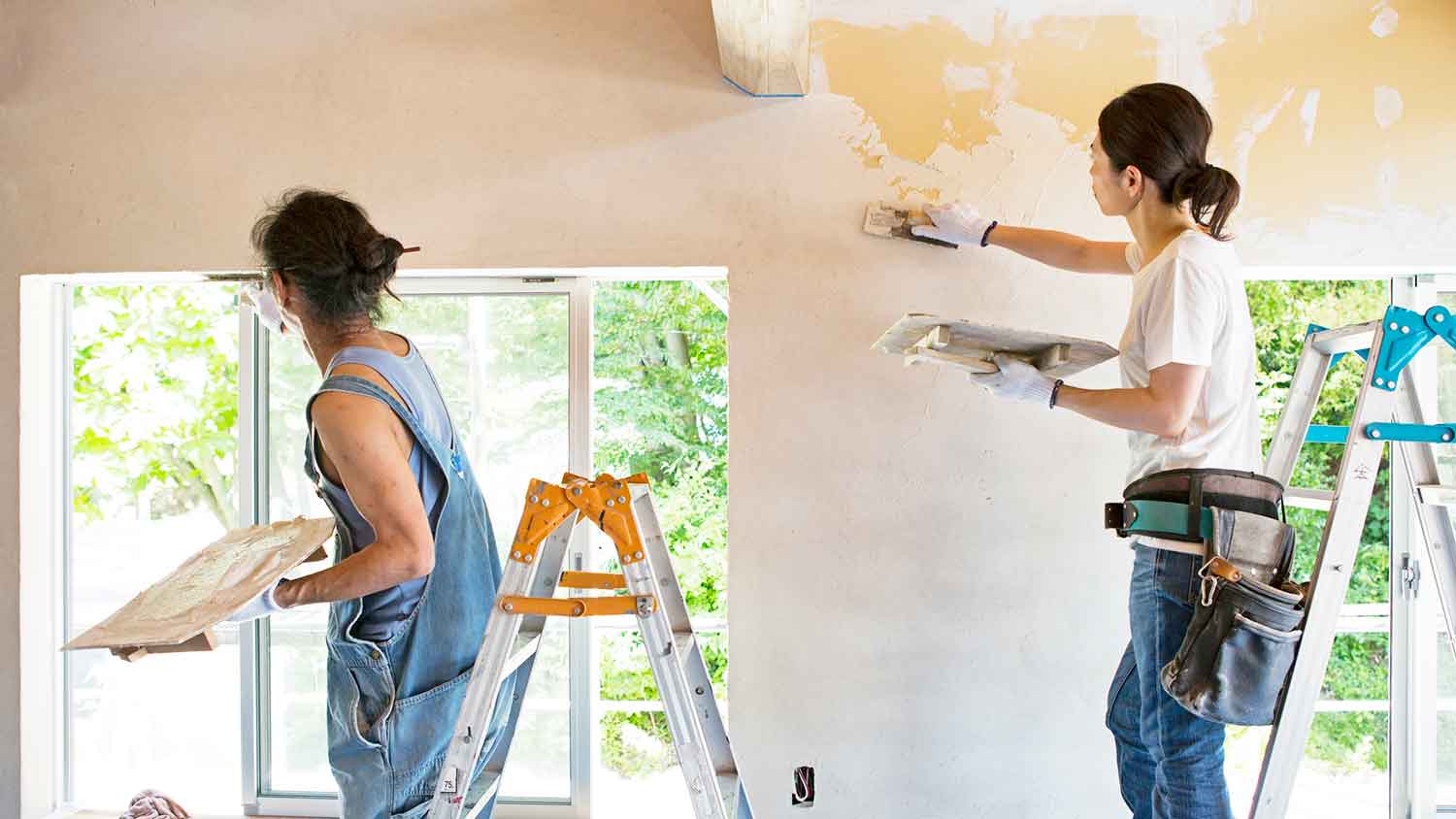
Who does plaster work? A plasterer, of course—one who’s gone through years of training to master this subtle construction art. Here’s what you need to know.
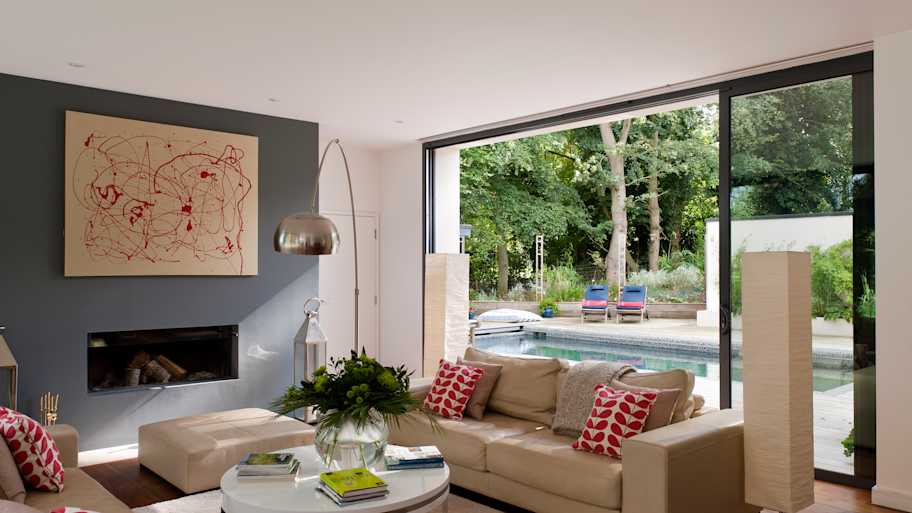
While some ceiling noises are normal, others can indicate a much larger issue. This article translates snaps, crackles, and pops into potential causes and solutions.
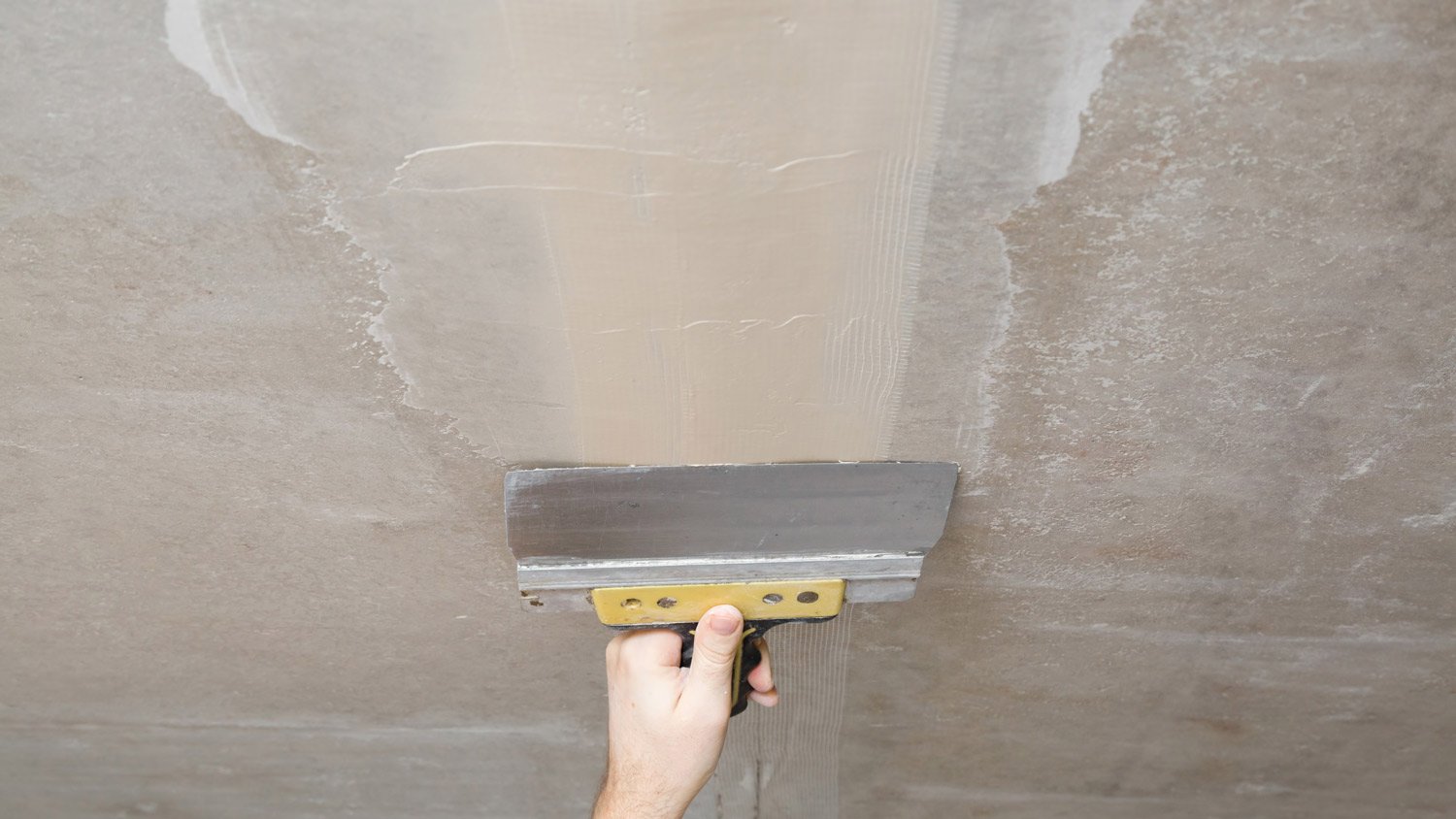
Hairline cracks and spiderweb cracks are just two of many types of ceiling cracks. Read this guide to learn which ceiling cracks are serious and need repairs.